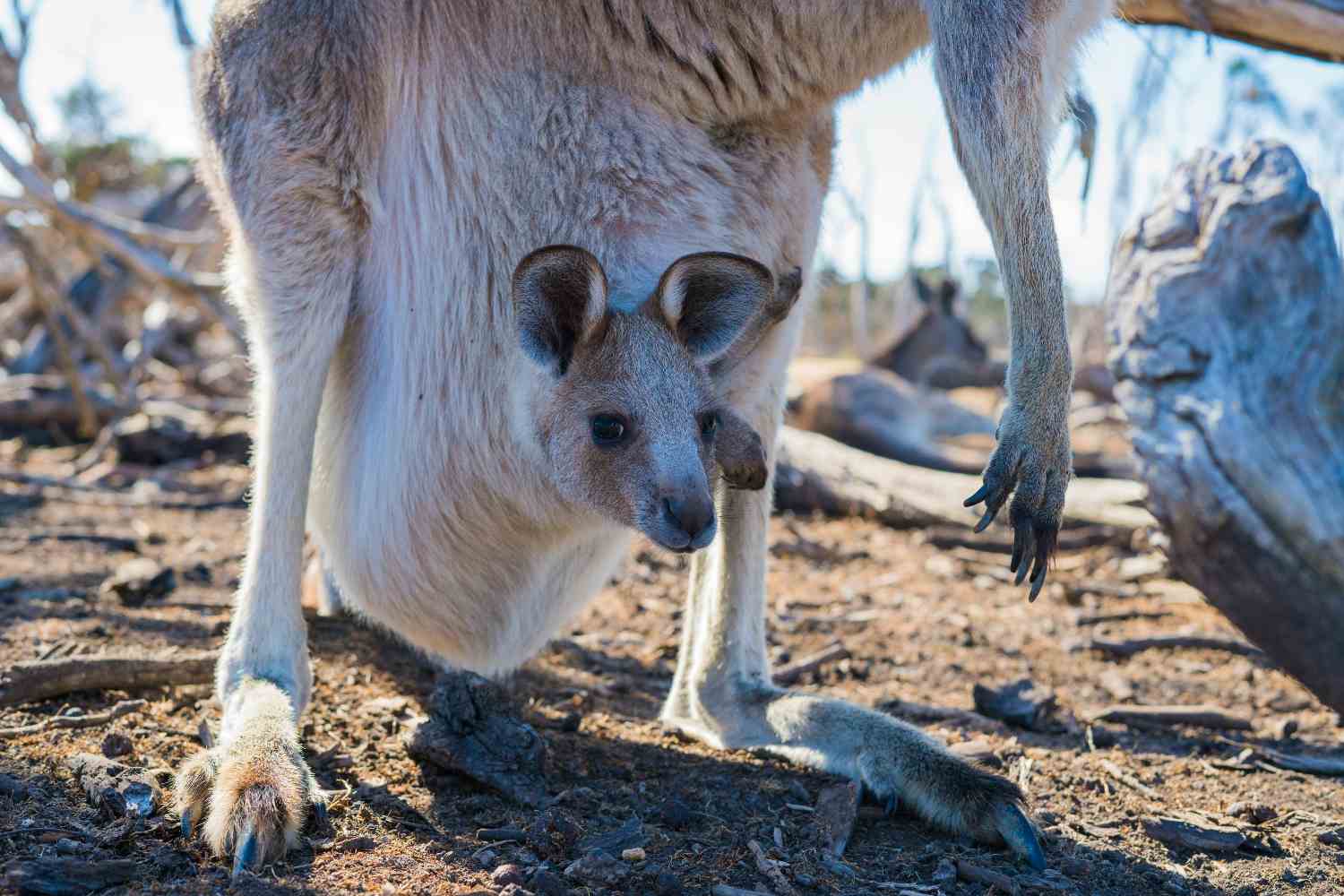Kangaroos, but also 130 other species of mammals, can suspend their pregnancy to optimize resources by waiting for the best time to complete the gestation.

@Ethan Brooke/Pexels
In the wild, survival often depends on remarkable biological strategies. One of the most fascinating is embryonic diapause, a reproductive superpower that allows certain mammals to pause pregnancy until environmental conditions improve.
While kangaroos are the poster child for this phenomenon, over 130 mammal species share this unique adaptation. In kangaroos, for example, after mating and fertilization, the embryo develops only to an early stage before entering a dormant phase.
Essentially, the pregnancy is put on hold. The embryo remains inactive, floating freely without implanting in the uterus. This gives the mother the ability to conserve energy and resources, either to care for a joey already in her pouch or to wait for better conditions before continuing a new pregnancy.
A brilliant survival mechanism
The pause can last from a few days to nearly a year. In the case of the tammar wallaby, pregnancy can be suspended for up to 11 months. Other mammals—including bears, ferrets, deer, and even armadillos—use embryonic diapause to time births with the most favorable seasons for raising young.
In many species, the mechanism kicks in immediately after birth. The female mates again, but ongoing lactation suppresses the development of the new embryo. In others, like mink, the fertilized egg is paused until the days start to get longer—ensuring that births coincide with spring, a season rich in resources and milder temperatures.
Diapause ensures babies are born when survival odds are highest
Even though scientists have known about embryonic diapause for over a century, its molecular mechanisms are still not fully understood. Different species appear to rely on different hormones to trigger or maintain the pause. But new research suggests that communication between the uterus and the embryo might follow similar patterns across vastly different species—like mice, minks, and wallabies.
Source: The University of Melbourne
